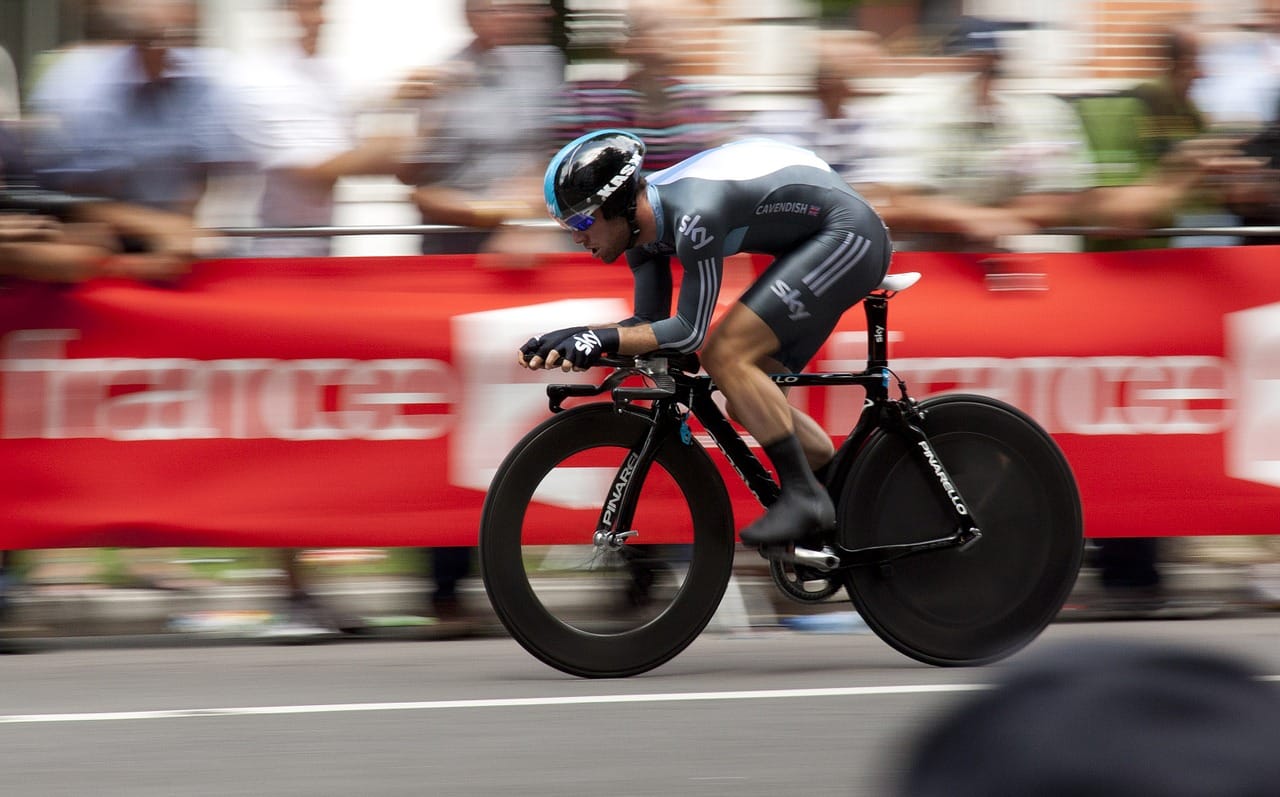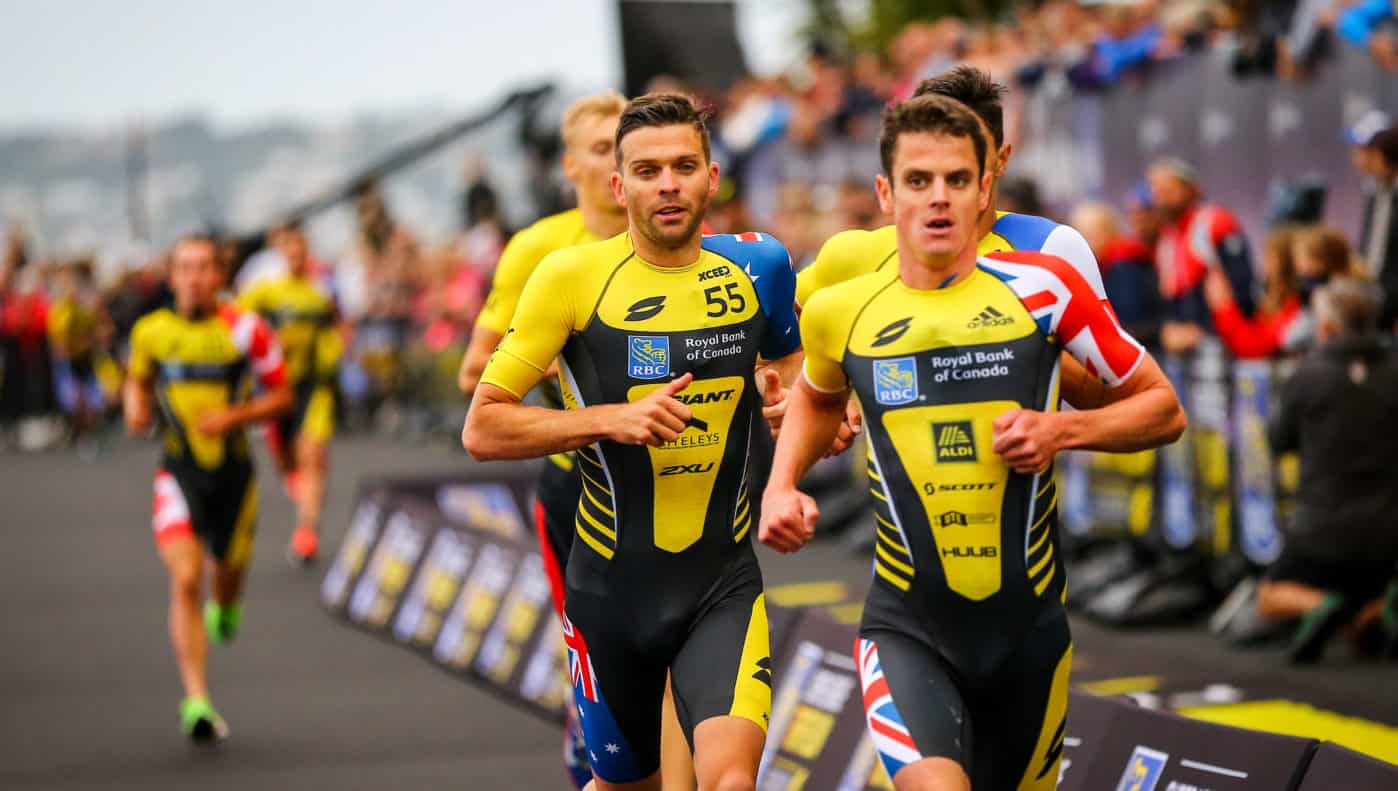The key to success is practice. A bike time trial performance is made up of several factors which we will discuss below.
P is for planning
Training for the bike leg of any triathlon requires a lot of planning. Planning must be thought of in a daily, weekly, monthly and yearly way, in regards to your sport, family, work, study and lifestyle. Your short and long term goals should be addressed in the planning department and changed to suit your needs and wants.
P is also for power. Good time trialling requires you to maintain a high power output – that is the force you put into the pedals. Equipment that measures wattage can be used during training to teach you to apply greater force to the pedals. In conjunction with watts, it is good to also monitor your heart rate and cadence. Most top of the range heart rate monitors can measure these functions and are fantastic training tools used by professional and amateur athletes.
Also remember that it’s great to develop power through bike training and a structured gym program, but during your race you need to manage the release rate of your energy, so you have something left for the run.
R is for rest
This is one of the most over-looked areas of training. When we don’t rest well or enough, our performance output may fall away. During your build up to a race, you need to schedule in specific rest days to fully recover from hard training sessions and to help adapt to your workload. Your immune system gets stressed under a normal training workload, but without adequate rest, you can become more susceptible to getting sick. So resting after your race and having a correct taper before will turn a good performance into a great one.
A is for adaptation and attitude
The outside influence of loved ones, peers, family, boss, teachers and dare I say it, coaches, has a big effect on your performance. If you are not sure of something that is being said to you, ask someone you trust to give you a good judgement call. It can make or break your performance.
C is for consistency
Being consistent in training has a huge impact on your performance. I have seen athletes of lesser ability put in a better performance than those gifted by genetics because they were at training all year, followed the program set for them, and set goals that were achievable if they trained consistently.
T is for training
Training needs to be scientific and artistic at the same time. It needs to be scientific by way of current data supplied and proven theory of training. The artistic approach is the ability to think outside the circle and look at new ideas to see if the science can be enhanced by changing it in some way to get a better performance. One example of science-based training is to spend time on your aero bars if you’re doing an Ironman. This will help your body adjust to the aerodynamic position.
I is for intake
Although it’s important to ride fast it’s even more important to stay hydrated, as you still need to run after your time trial. In a long distance race this is crucial – you can’t endure 42.2 kilometres on empty. You should practice drinking and eating during training and work out what strength of electrolyte drink works best for you. You should also try different liquid food products to learn how to stomach these during a time trial effort.
C is for conditioning
Conditioning the athlete sounds like a hair product advertisement, and it is along the same lines. You need to look after the body, i.e stretching and strengthening the body parts to be used in a constant manner, to help the body survive the rigours of sporting performance. Massage and rest will improve your performance immeasurably.
E is for energy
Triathlon is an endurance sport which requires significant sources of energy for training and achieving a high race performance. Therefore,
hard training athletes need to eat the appropriate level of carbohydrate in the diet. Your calcium and iron levels need special attention as well (especially women). A poor diet in this sport could have long term ill effects on your health, not only your performance.
As you can see there are many things you need to think about when training for the bike leg of a triathlon. There is no magic formula but hopefully as they say, practice makes perfect.








